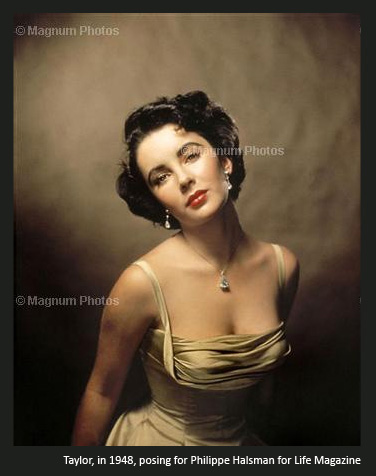 Elizabeth Taylor,who died Wednesday in L.A., was one of the most photographed woman of her generation and became a Hollywood icon in an era when stars were idolized by photographers (instead of chased). The classic lighting and poses are worth a look, no matter if you are a Liz fan or not. Here is a selection of images of Taylor. The ones from the early years are my favorites.
Elizabeth Taylor,who died Wednesday in L.A., was one of the most photographed woman of her generation and became a Hollywood icon in an era when stars were idolized by photographers (instead of chased). The classic lighting and poses are worth a look, no matter if you are a Liz fan or not. Here is a selection of images of Taylor. The ones from the early years are my favorites.
* Magnum Photos has a wonderful slideshow of classic Taylor images, including several by Philppe Halsman (left, for Life Magazine) and Burt Glinn.
* The New York Times, in addition to its lengthy obituary, also has a slideshow that contains still from Taylor’s movies. They’re worth a look for the lighting alone.
* In case you didn’t make it to any of Taylor’s weddings, Life Magazine has pulled together an album of them all.
* Life, again displaying the power of a deep archive, is touting this collection of “unpublished pics.” Click in a few to see Taylor, in full louche, with Montgomery Clift.
* Want to own your own Elizabeth Taylor photo? Click here to see the many for sale on eBay — $3.99 will get you an 8 x 10.
* For a moving (literally) tribute to Taylor by N.Y. Times critic A.O. Scott, watch this Times video on YouTube.

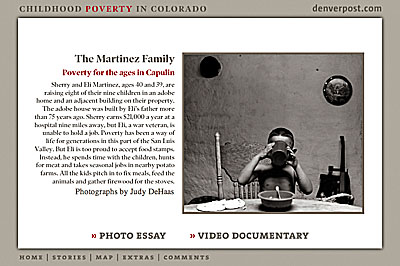
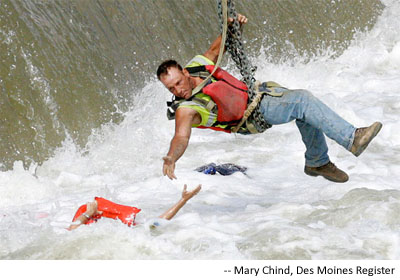
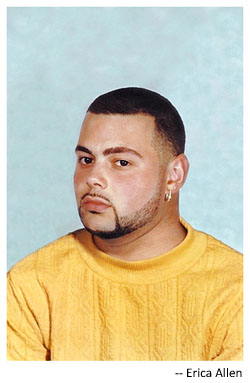
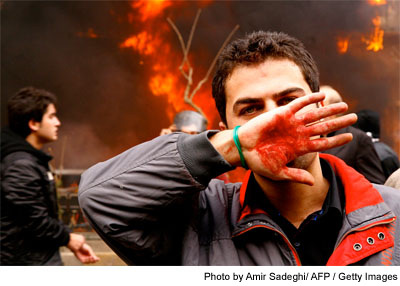

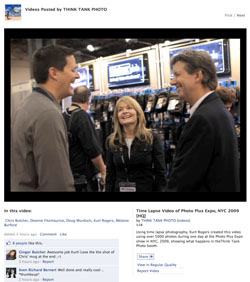
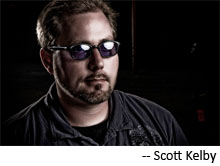 * Get Gritty: Scott Kelby tells us how to get that “
* Get Gritty: Scott Kelby tells us how to get that “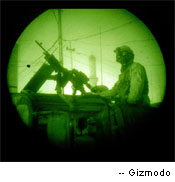 *How Not to Get Shot in a War Zone: Advice from conflict photographer Teru Kuwayama.
*How Not to Get Shot in a War Zone: Advice from conflict photographer Teru Kuwayama. 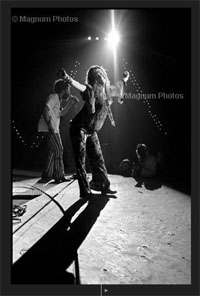
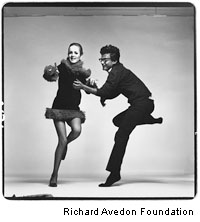 * Avedon Hung Up: The
* Avedon Hung Up: The  * The Mexican Suitcase: The I
* The Mexican Suitcase: The I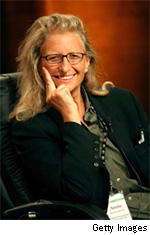 *Pawn My Photos: Annie Leibovitz has hocked all “copyrights … photographic negatives … contract rights” to work (past and future) as well as several pieces of real estate in exchange for a $15.5 million loan from a company called Art Capital Group, essentially an art pawn shop for the well-to-do. In other words, as the New York Times
*Pawn My Photos: Annie Leibovitz has hocked all “copyrights … photographic negatives … contract rights” to work (past and future) as well as several pieces of real estate in exchange for a $15.5 million loan from a company called Art Capital Group, essentially an art pawn shop for the well-to-do. In other words, as the New York Times 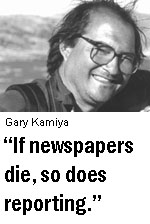
 * Mystery Image Revealed: While doing some rainy day bookmark cleaning, I found this
* Mystery Image Revealed: While doing some rainy day bookmark cleaning, I found this 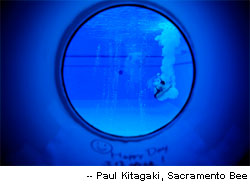

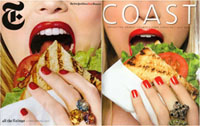 * Bite Me, I’m an Art Director: Hey, if you’re going to rip off someone else’s cover concept, why not steal from among the best — the New York Times’
* Bite Me, I’m an Art Director: Hey, if you’re going to rip off someone else’s cover concept, why not steal from among the best — the New York Times’ 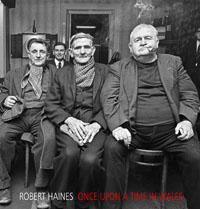 * Get Visual, Buy a Book: Here’s a good list of
* Get Visual, Buy a Book: Here’s a good list of 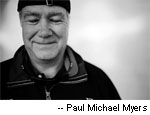 * Expanding or Contracting? Jim McNay, in
* Expanding or Contracting? Jim McNay, in